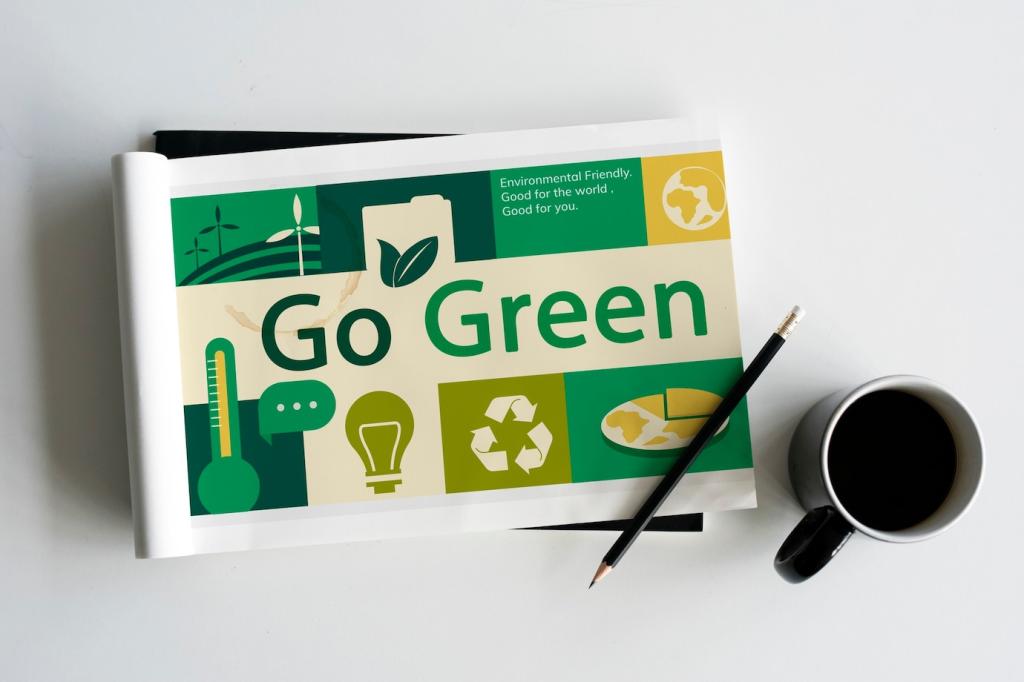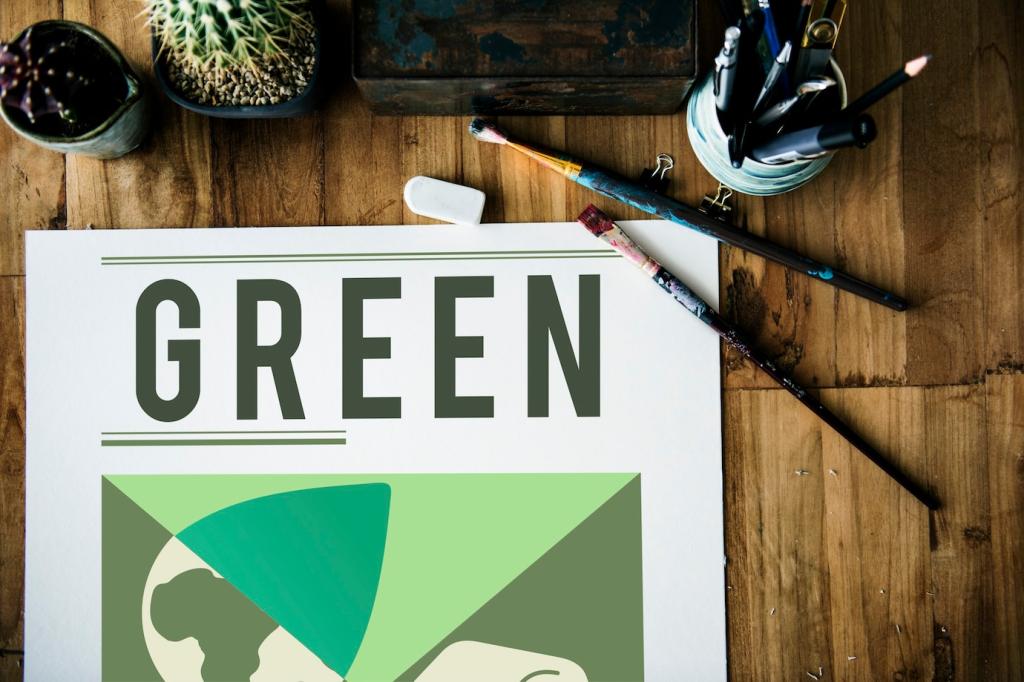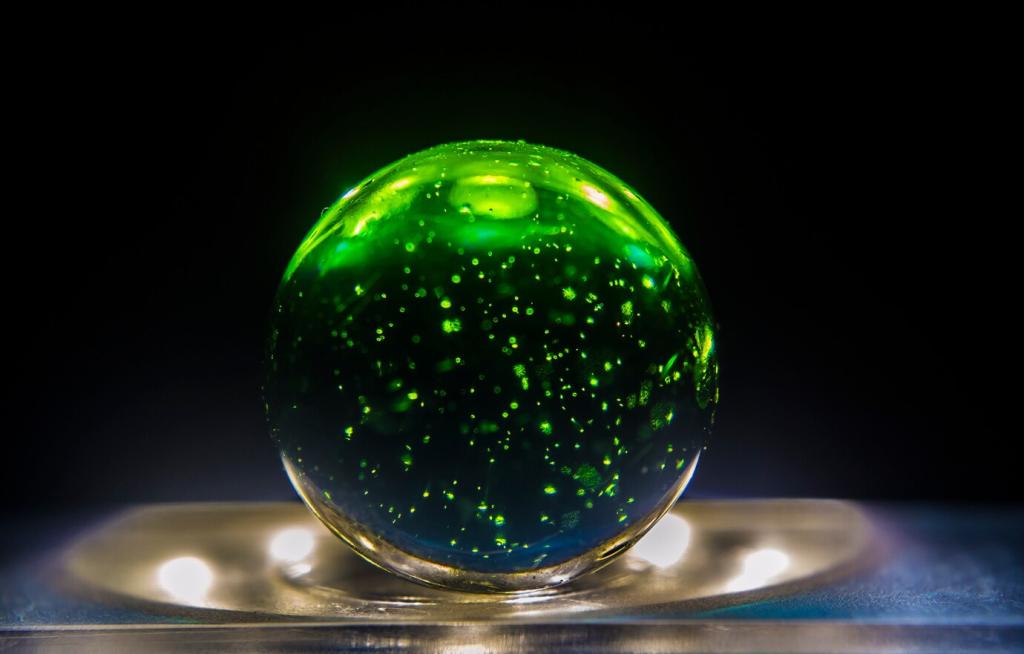Biodegradable Product Innovations: Materials That Return Gracefully to Nature
What Makes a Product Truly Biodegradable?
Biodegradability means microbes can break a material into carbon dioxide, water, and biomass within a defined timeframe and environment. Tell us where you live and how you dispose of waste, so we can match innovations with your real end-of-life options.


PHA from Fermentation
Polyhydroxyalkanoates are produced by microbes fed plant sugars or organic waste, forming polymers that biodegrade in marine, soil, and compost conditions. Have you tested PHA bags or utensils? Share durability impressions and where you disposed of them.

Mycelium-Grown Packaging
Mycelium binds agricultural byproducts into shock-absorbing shapes that replace foam. After use, it composts, enriching soil. If you’ve unboxed electronics cushioned by mycelium, tell us how it protected the product and how you returned it to the earth.

Seaweed and Algae Bioplastics
Seaweed-based films offer oxygen barriers and dissolve or compost under the right conditions. Startups are wrapping snacks, sauces, and even single-serve liquids. Would you try edible wrappers or prefer compostable ones? Vote and subscribe for test results.
Mono-Material Thinking
Combining layers with mismatched degradation profiles can trap microfragments. Designers now choose compatible biopolymers and simplify structures. Tell us which packages you find hardest to separate, and we’ll prototype clearer, single-material alternatives.
Compostable Inks and Additives
Pigments, plasticizers, and slip agents must also biodegrade safely. New bio-based inks meet heavy metal limits and deink cleanly. If print smearing worries you, subscribe for our lab updates on abrasion, migration, and colorfastness across compostable films.
Smart Labeling for End-of-Life
QR codes now link to location-aware disposal guidance based on local facilities. Try scanning and tell us whether the instructions matched your city’s capabilities, so we can improve accuracy and reduce contamination in compost streams.
A Garage Fermenter to Grocery Aisle
One founder scaled from a tabletop bioreactor to a regional pilot, replacing sachets with home-compostable film. Early failures taught them to redesign seals for humidity swings. Comment if you spotted their sachets and how they handled hot kitchens.
Retail Pilots and Honest Iteration
A supermarket trial swapped foam trays for mycelium. Breakage dropped, but moisture control needed tweaks. Consumers loved the earthy look. Would your store run a similar pilot? Subscribe, and we’ll share a checklist and data templates.
Performance Without Greenwashing
New coatings improve oxygen and moisture barriers so snacks stay crisp. Share products you think go stale too fast, and we’ll test compostable films against conventional plastics to publish shelf-life curves you can trust.
Community and Policy Catalysts
Cities piloting food-waste pickup and compostables acceptance see contamination drop with clear labeling. Tell us your municipality, and we’ll share localized tools to help advocate for expanded composting and better bin signage.

How You Can Join the Movement
Choose and Dispose Wisely
Seek certified compostables for food-soiled items and avoid mixing with recycling. Tell us which bins you have access to, and we’ll send tailored guides so your biodegradable purchases meet their intended end-of-life.

Join our mailing list
